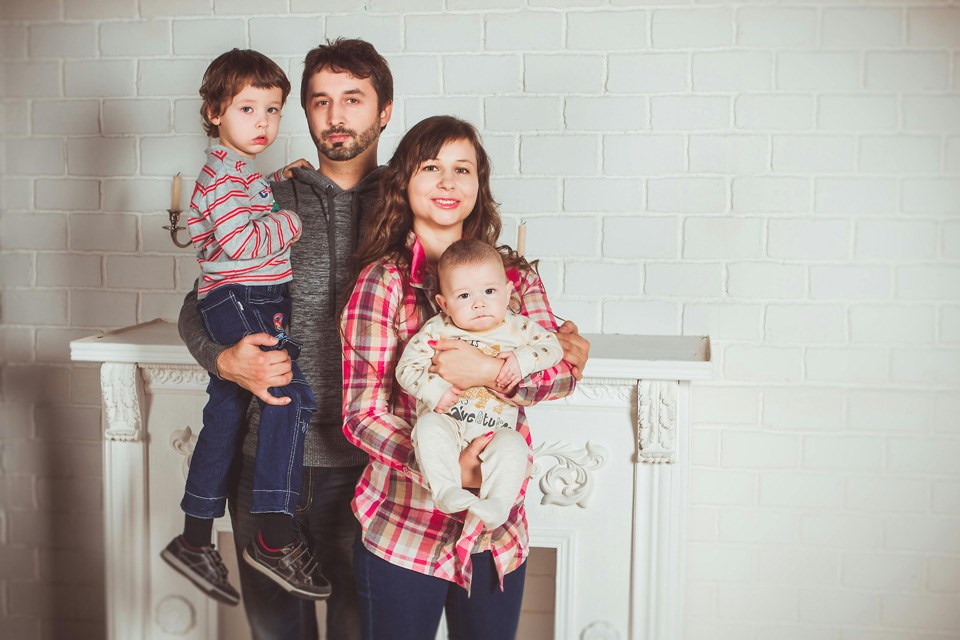All major federal parties in Canada’s current election campaign are proposing some form of tax cut or increases in cash transfers to Canadians. These promises may sound appealing, but you’d have to be an accountant to figure out how much, if anything, you might actually benefit.
Campaign press releases love to tout the maximum possible benefits, but those only apply to very specific situations. In the case of both the Liberal and Conservative tax bracket cuts, just one per cent of tax filers would see that maximum return. That’s because the benefits are often unfairly distributed—lower-income Canadians typically get little or nothing, while the wealthiest stand to gain thousands.
As part of our election analysis, the Canadian Centre for Policy Alternatives examined all five major parties’ proposals for personal tax changes and cash transfers. We looked at the average impact on 10 equally sized income groups—from the poorest to the richest—based on 2025 projections. The differences are striking.
The Green Party’s platform would deliver the largest average benefit, but almost exclusively to upper-middle-income earners. That group would receive over $3,000 per person, while lower-middle earners would get nearly nothing. This comes at a cost of more than $60 billion annually—by far the most expensive plan on offer.
The NDP’s plan is the most balanced across income levels. Both low- and high-income earners would see average savings of about $600 per filer, except for the top one per cent, who would pay more due to proposed capital gains reforms. The plan also boosts disability and low-income seniors’ benefits, providing meaningful support to those at the bottom. The total cost? Over $20 billion per year.
The Conservative platform favours the top 10 per cent of earners, who would receive over $1,200 on average. Lower-middle-income Canadians and the working poor would see little benefit. The proposed cut to the bottom tax bracket disproportionately helps the wealthy, since many lower-income Canadians already pay little or no federal tax. Their plan to exempt capital gains on Canadian investments would overwhelmingly benefit the richest. Total cost: $15 billion in 2025 alone.
The Liberals also propose cutting the lowest tax bracket rate, like the Conservatives, but add targeted help for low-income seniors. Most filers would see average benefits of $200 to $300, although the poorest receive little. The Liberal platform is the least expensive among the major parties at $7 billion annually, but still represents a substantial outlay.
The Bloc Québécois proposals are focused on helping the bottom half of earners, delivering $200 to $300 per filer, compared to less than $100 for the wealthiest. Their plan includes boosting benefits for low- and middle-income seniors and doubling the GST credit, at a total cost of $7 billion in 2025.
When we zoom in on those living below the poverty line, the differences grow even clearer. The Conservative and Liberal platforms provide $33 and $50 per year on average, respectively. The Greens offer $123, though again, at a high fiscal cost. The Bloc provides $256. The NDP leads by a wide margin, offering $650 per person on average to those in poverty.
These programs may sound generous, but they don’t come free. When governments spend billions on tax cuts or transfers, they often make up the difference through cuts to public services or increases to other taxes.
While every party claims to champion lower- and middle-income families, the numbers tell a different story. Most Canadians will receive only a few hundred dollars a year, hardly life-changing, while billions are spent. The question voters need to ask isn’t just “what do I get?” but “what gets cut to pay for it?”
David Macdonald is a senior researcher with the Canadian Centre for Policy Alternatives.
Editor’s note: This commentary is an update to one that was originally distributed on April 17. It reflects the costed platforms recently released by all major parties.
©
The commentaries offered on –°¿∂ ”∆µ are intended to provide thought-provoking material for our readers. The opinions expressed are those of the authors. Contributors' articles or letters do not necessarily reflect the opinion of any –°¿∂ ”∆µ staff.




